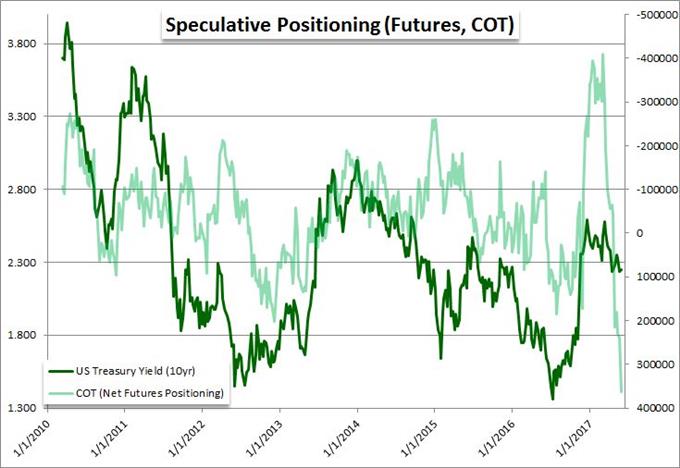Talking Points:
- There are many individuals and groups participating in the markets, but certain assets find different concentrations
- Among the different types of market participant groups are traders, aggregate funds, banks, central banks and governments
- When we can establish a particular group has a leveraged influence; we can ascertain capital, duration and motivation
Want to learn how to become a better trader? Join Paul Robinson for his Thursday webinar discussing different topics on how to improve as a trader. Sign up for the next one on the DailyFX Webinar page.
How long can the S&P 500 climb at such a restrained pace? Are Treasuries going to revert back to the stodgy safe havens that they are globally known? Is Bitcoin at risk of a spectacular collapse that matches or exceeds its incredible climb? We can add weight to our analysis of these questions by considering who is driving the markets forward. Knowing the participants is a big step forward in establishing their motivations, which in turn can substantially improve our understanding of the market's subsequent actions. In identifying what type of market participant - speculative traders, individual investors, central banks, governments, funds, etc - may hold the reins of a particular asset or market, we can more reasonably account for their motivation, influence and particular characteristics.
Among the major aforementioned categories of influences, the one we most likely identify with is the individual investor or speculator. Capital concentration is low, holding period is substantially shorter and motivations can be wide ranging and conflicting. For the funds (sovereign, indexing, mutual, hedge), there is far greater capital intensity. Their holding period is generally significantly longer than the individual who doesn't have the patience for the long game or the capital to tolerate a significant drawdown. From banks, there is a practical application of trading to service clients and often a complexity of investing across assets and regions. Perhaps the most stable - and to many, boring - is the central bank. They have vast amounts of capital to influence markets but they change holdings sparingly and their motivations may be absolutely fundamental in value terms or through the concept out of the window for political purposes.
How can we establish whether there is a concentrated influence from a particular market party and who it might be? There are few opportunities to see exact exposures. The DailyFX Sentiment reflects positioning among retail traders (derived from IG data), but reads only one market category which doesn't give us much insight in how it compares to other groups. The CFCT's Commitment of Traders (COT) data is more comprehensive. Though it only reflects on futures, it reports holdings among speculative, hedging and commercial interest. In the absence of specific statistics, we can do empirical filtering. A shift in Treasuries is a remarkable example of how significantly this can change. What is known as a cash-equivalent safe haven and heavily dictated by governments and banks is seeing remarkable speculative activity in part due to the inducement of stimulus. Emerging markets are another area that were accessible only to a very limited group of global parties but has since opened up due to new products and an appetite for higher yield. A fading in competitive returns and persistent post-Great Financial Crisis advance has led investors to forgo shares in favor for entire market exposures like the SPDR S&P 500 ETF. Bitcoin may be more heavily skewed than most and has drawn greater interest as of late. How can we establish skews in market influence and what unique influence can that exert over the market? We discuss that in this weekend Strategy Video.


To receive John’s analysis directly via email, please SIGN UP HERE





